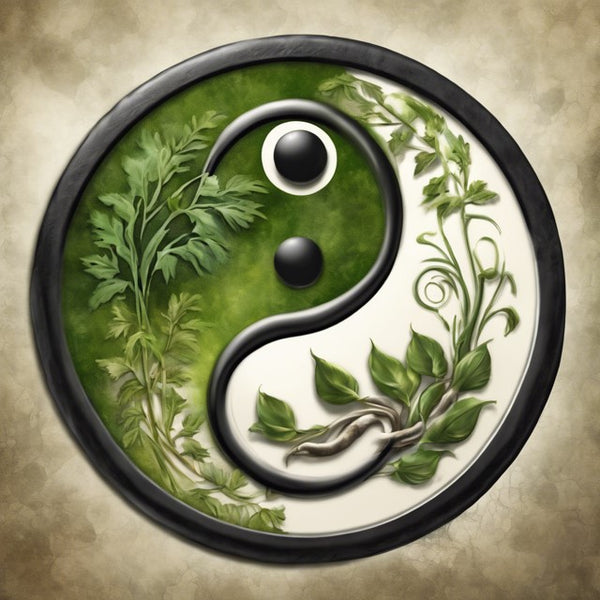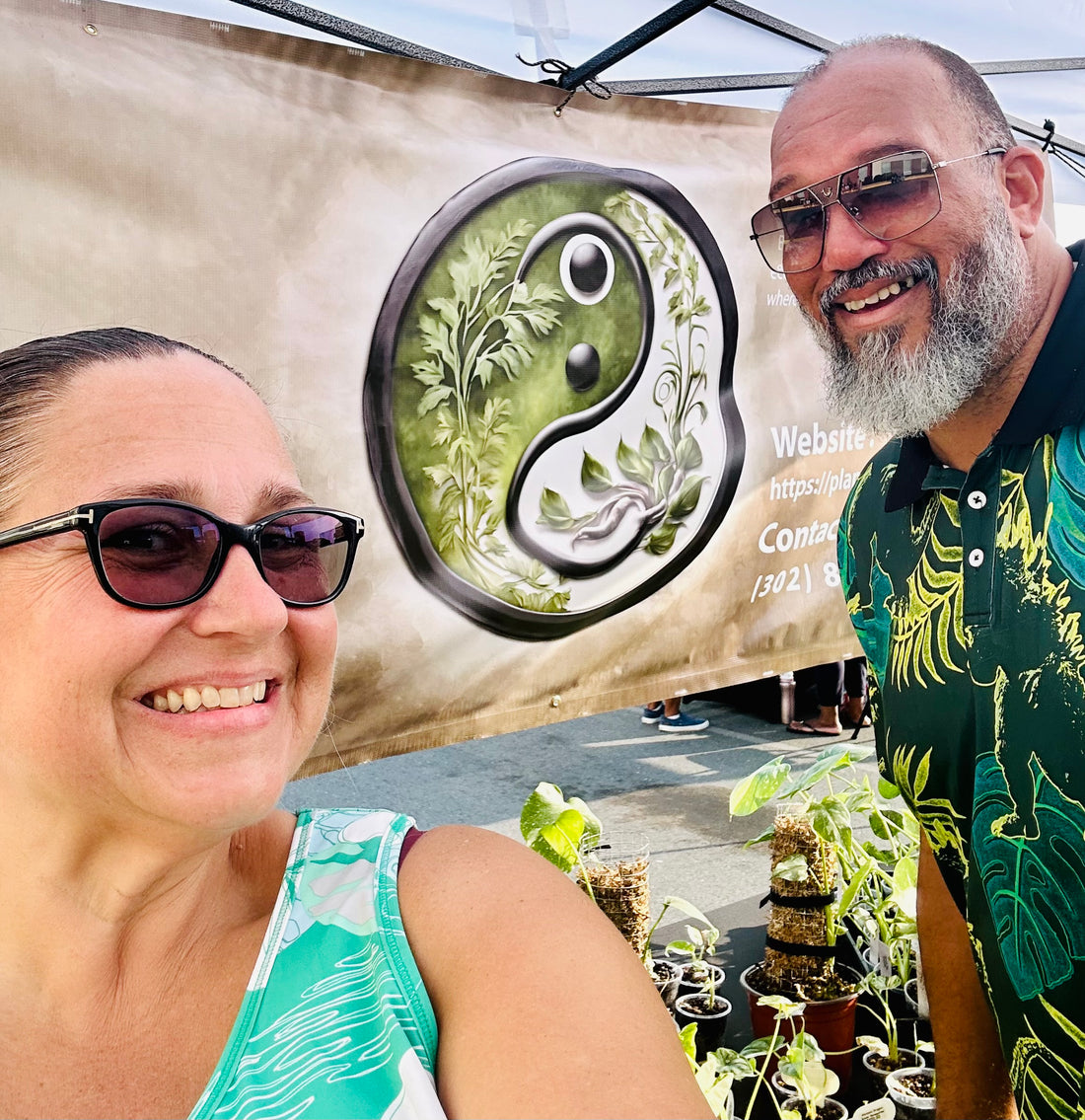Plants have played a pivotal role in human culture across the globe, extending far beyond their aesthetic appeal or nutritional value. From ancient civilizations to modern societies, plants have shaped our traditions, rituals, and identities. In this blog, we will explore the cultural significance of plants, examining how they enrich our lives and contribute to the rich tapestry of human diversity.
Plants as Symbols
Throughout history, plants have held symbolic meanings in various cultures. For instance, the lotus flower is revered in many Asian cultures as a symbol of purity and enlightenment. In contrast, the olive branch represents peace and prosperity in Mediterranean traditions. These symbols not only reflect the values and beliefs of a culture but also serve as a connection to nature and the environment.
Culinary Traditions
Food is a fundamental aspect of culture, and plants are at the heart of culinary traditions. Each region boasts its own unique flavors and cooking techniques, often rooted in the local flora. For example, the use of herbs like cilantro in Mexican cuisine or saffron in Persian dishes highlights how plants shape our palates and culinary identities. These plant-based ingredients are often passed down through generations, preserving cultural heritage and fostering community bonds.
Medicinal Uses
Plants have been used for medicinal purposes for centuries, forming the basis of traditional healing practices in many cultures. Indigenous communities often rely on local flora for remedies, relying on knowledge passed down through generations. For example, the use of echinacea by Native Americans for immune support exemplifies how cultural practices are intertwined with plant diversity. The resurgence of interest in herbal medicine underscores the ongoing relevance of these ancient practices in today’s world.
Rituals and Celebrations
Plants are integral to various rituals and celebrations, marking significant life events such as weddings, births, and funerals. In many cultures, specific plants are used for their symbolic meanings or traditional significance. For instance, in Hindu weddings, marigolds are often used to adorn the ceremony, representing prosperity and happiness. Similarly, in Mexican culture, the use of cempasúchil (marigold) during Día de los Muertos honors deceased loved ones, showcasing the deep connection between plants and spirituality.
Environmental Stewardship
Cultural significance also extends to the stewardship of plants and their habitats. Many indigenous cultures possess a profound respect for nature, viewing themselves as guardians of the environment. This relationship fosters sustainable practices that prioritize the health of ecosystems and plant diversity. For example, traditional agricultural methods, such as crop rotation and polyculture, not only sustain communities but also preserve biodiversity for future generations.
The Importance of Preservation
As globalization continues to spread, the cultural significance of plants faces challenges from urbanization, climate change, and loss of biodiversity. Preserving traditional knowledge about plants is crucial for maintaining cultural identity and promoting biodiversity. Initiatives that support local farming practices, promote heirloom varieties, and encourage community gardens can help safeguard this invaluable heritage.
Conclusion
The cultural significance of plants is a testament to the intricate relationships between humans and nature. By celebrating and preserving these connections, we not only honor our diverse heritage but also contribute to the ongoing story of life on Earth. As we continue to explore the roles of plants in our lives, let us remember to cherish their cultural meanings and the lessons they impart about biodiversity and coexistence. Embracing the diversity of plants enriches our cultures and reinforces our commitment to nurturing the environment for future generations.

